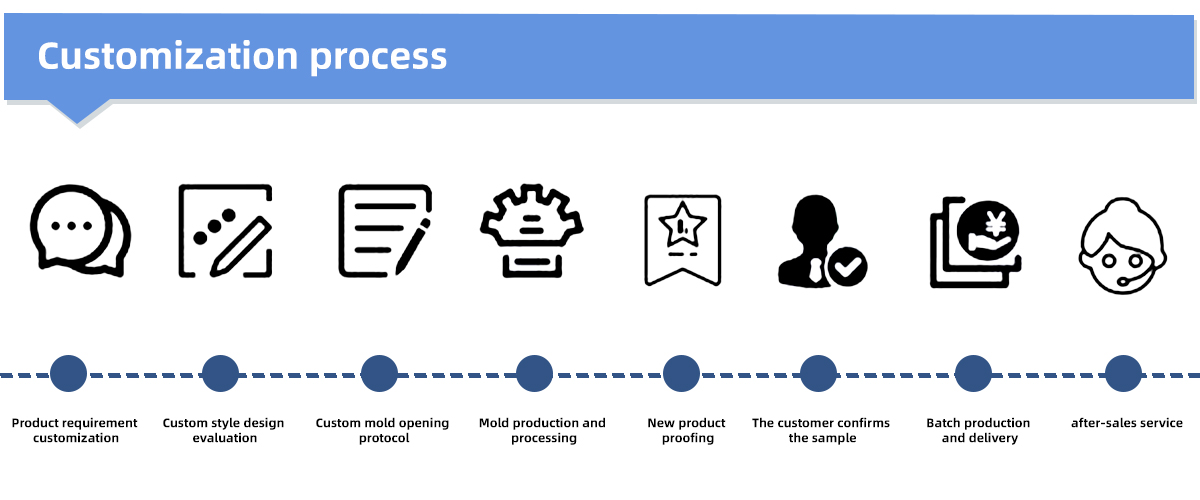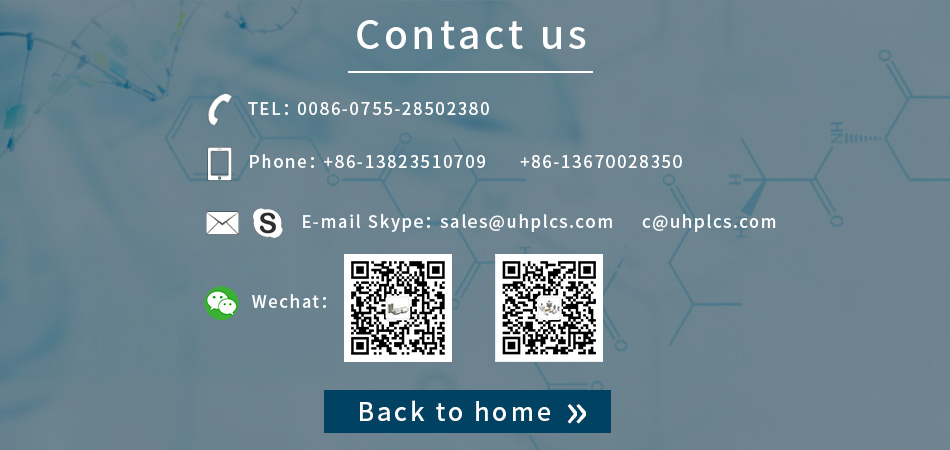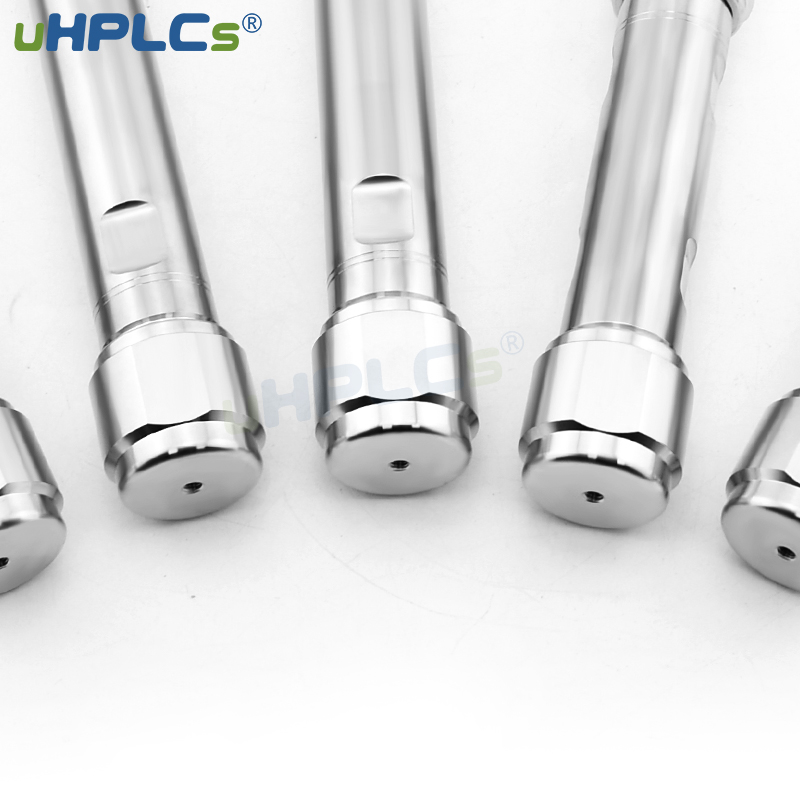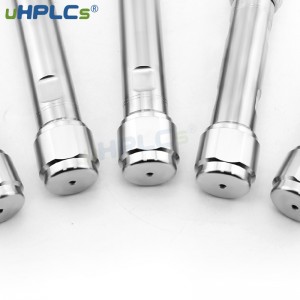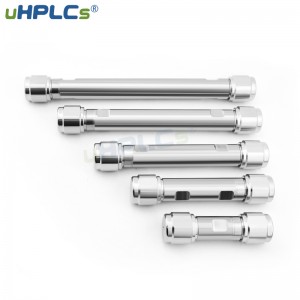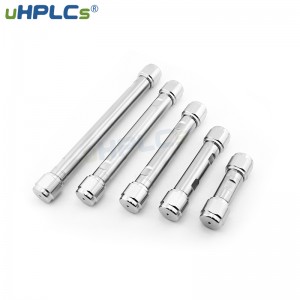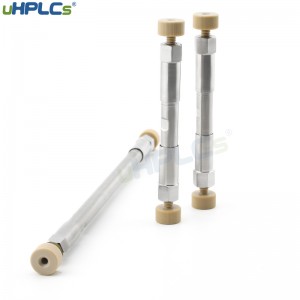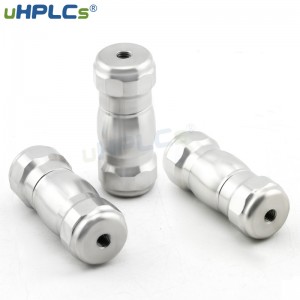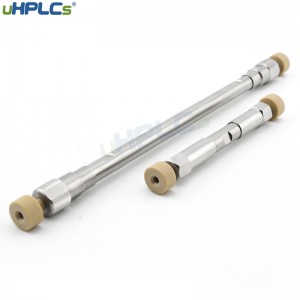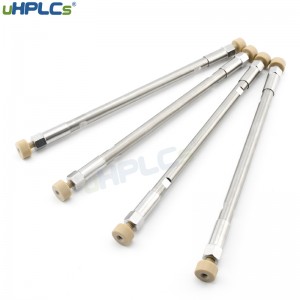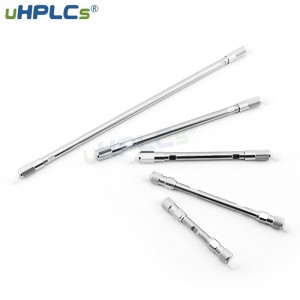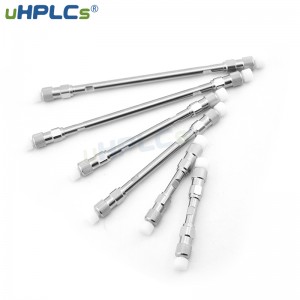C8 Column HPLC, USHB C8 Reversed Phase HPLC Column
- Suitable for separating most hydrophobic compounds
When a C18 doesn′t give the desired separation, or your sample contains compounds that are known to be difficult to retain or resolve on a C18, consider changing to a C8 column. The C8 can be the ideal phase for non-polar compounds that are retained too strongly by a traditional C18 column.
|
Particle Size |
3um, 5um, 7um, 9um, 10um … |
|
Pore Size |
70 Å, 120 Å, 150 Å, 200 Å … |
|
Carbon Content |
10% |
| End-capping |
Yes |
|
PH |
2~8 |
ENHANCED RETENTION FOR LESS HYDROPHOBIC COMPOUNDS OR FASTER SEPARATION IF RETENTION ON C18 IS TOO LONG
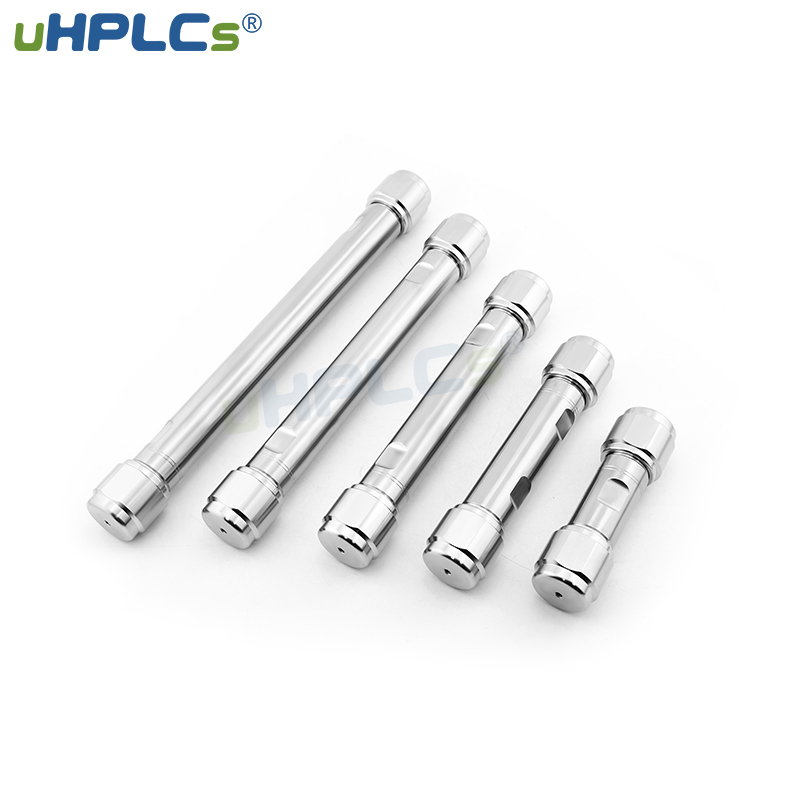
FAQ
1. What is the difference between C8 and C18 columns used in an HPLC system?
- Octadecylsilane (C18) has 18 carbon atoms. On the other hand, Octylsilane(C8) has only 8 carbon atoms on the column parking bonded to silica (Si).C18 will tend to retain more than C8.In that, if a similar compound was eluted on the two columns, it will elute faster on C8 and slower on C18. The C8 column is more polar than the C18 column because it has 10 fewer C chains, so the retention of the same substance on C8 is weaker than that on C18. So if your sample is very polar, you can consider using a C8 column. For example, some protein analyses will use C8 or C4 column.
2. Can C8 and C18 columns be used interchangeably?
- These two chromatographic columns are commonly used in reverse chromatography. The C8 column and the C18 column have different polarities and separate polar substances. Whether they can be used interchangeably to analyze samples depends on your analysis. What is the sample? For example, to analyze melamine, these two columns can be used. These two chromatographic columns are based on silica gel. In silica gel, there are groups that are not bonded. One bond
The one bonded is carbon octadecyl, and the one bonded is carbon octadecyl.
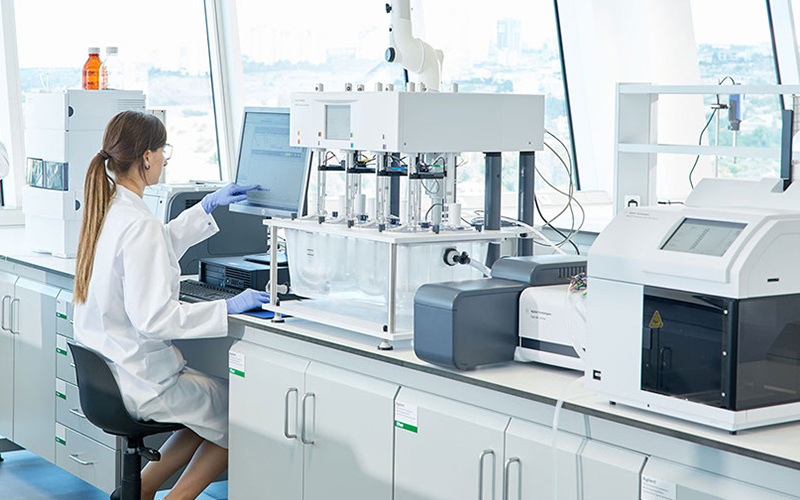
uHPLCs special services:
1. All columns will be tested before delivery and a column efficiency report will be provided.
2. Column loading service is available.